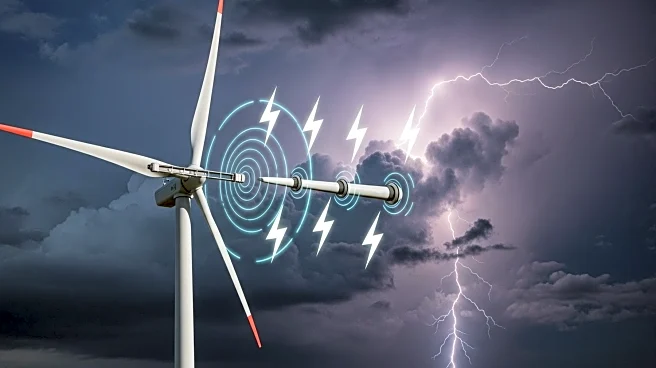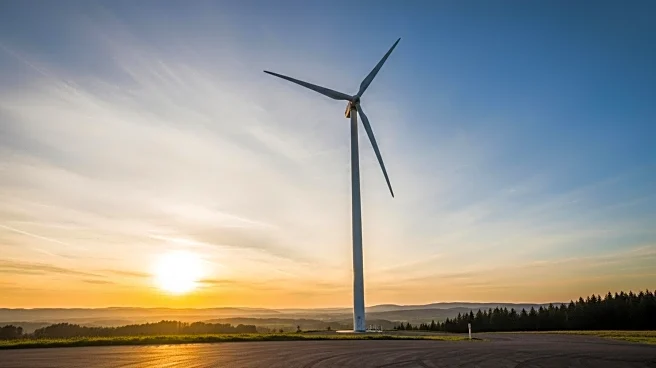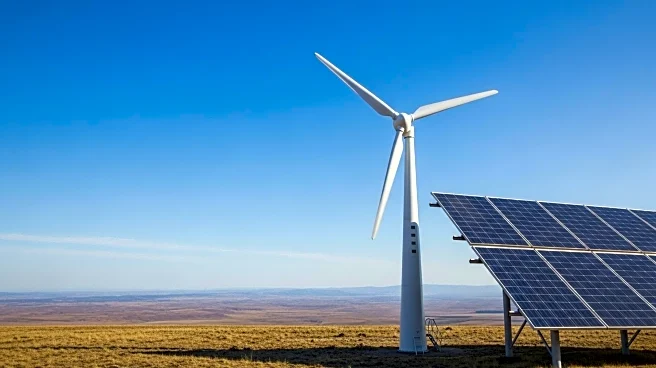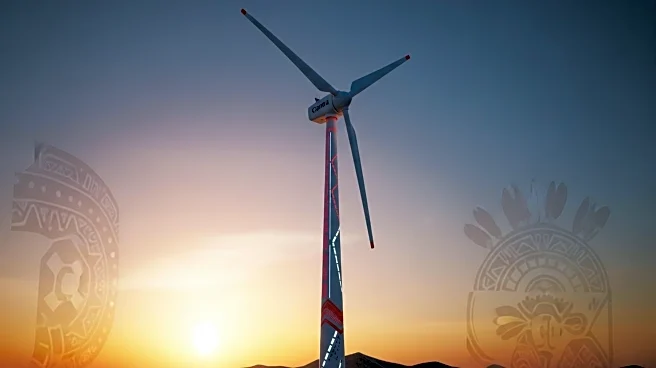What's Happening?
A study has developed a multimodal dataset for monitoring wind turbine blades during lightning strikes, utilizing an online system to measure various operational parameters. The system records data such as wind speed, power, and blade angle, focusing on periods of abnormal load and strain that may indicate potential damage. Advanced sensors, including strain and vibration sensors, are installed to provide real-time monitoring and early fault detection. This data is crucial for machine learning-based fault diagnosis and intelligent maintenance strategies, ensuring the safe and stable operation of wind turbines.
Why It's Important?
The ability to monitor wind turbine blades in real-time and detect faults early is critical for maintaining the efficiency and safety of wind energy systems. As the demand for renewable energy sources grows, ensuring the reliability of wind turbines becomes increasingly important. Early detection of potential faults can prevent costly repairs and downtime, enhancing the economic viability of wind energy projects. Additionally, this technology can contribute to the broader adoption of wind energy by improving operational safety and reducing the risk of catastrophic failures.
What's Next?
The integration of machine learning algorithms with the monitoring system could further enhance fault detection capabilities, allowing for predictive maintenance and reducing the likelihood of unexpected failures. As the technology advances, it may be applied to other renewable energy systems, improving their efficiency and reliability. Collaboration between researchers, industry stakeholders, and policymakers could lead to the development of standardized monitoring protocols, facilitating widespread adoption and implementation.
Beyond the Headlines
The deployment of advanced monitoring systems raises questions about data privacy and security, particularly regarding the handling and storage of sensitive operational data. Ethical considerations may also arise concerning the potential impact of increased automation on employment within the renewable energy sector. Culturally, the adoption of such technologies could influence public perceptions of renewable energy, potentially increasing support for sustainable energy initiatives.











